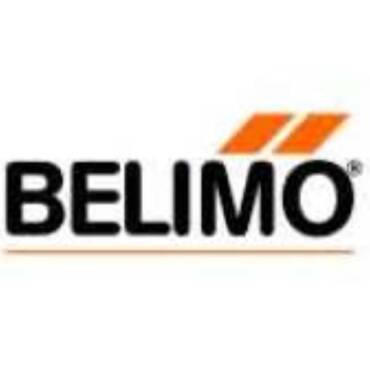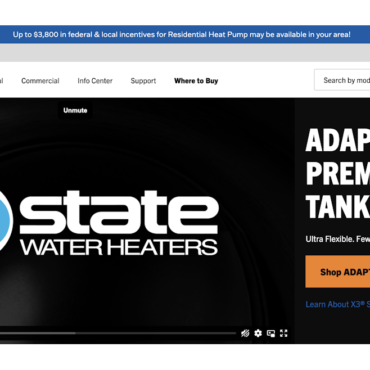✕
For those of you who don’t know me yet, I’m known as Nate The House Whisperer: I take drafty and/or unhealthy homes and turn them into comfortable and healthy places to live.
How do I do this? With applied physics. I use an alchemy of insulation, air sealing, and HVAC to successfully deliver projects – with a 92% closing ratio and strong testimonials from clients.
Since 2017, I’ve immersed myself in the HVAC industry with the goal of discovering – and if necessary, charting – a pathway to making healthy and comfortable homes readily available to consumers.
What I’ve learned – is that the pathway to better homes through HVAC may exist, but is highly fragmented.
On one hand, most “house-whispering” projects frankly don’t make sense to do at scale within the HVAC industry because there is not enough demand for it. These projects might be more appropriate for boutique consultants like me who have a strong understanding of the building shell side (insulation and air-sealing).
On the other hand, working with HVAC contractors and their clients across the country has taught me that a substantial portion of house whispering can be done with HVAC alone, which really surprised me. I thought the average home was worse than it is.
There are very simple measures like large media filters, upsized near equipment duct work, fresh air intake ducts, and right-sized variable speed equipment that can be positively magical to clients, getting my favorite and oft-heard client comment: “I can’t believe this is the same house.”
But there’s a problem. While I view this simple Common Sense HVAC system as easy to sell and install, I’m constantly hesitant to refer clients to the vast majority of contractors because of the remarkably poor average residential install.
Improving install quality and client results will be two main thrusts of this column.
I come from manufacturing where Six Sigma is a gold standard: one bad product out of a million. It’s tough to hit, but doable.
Residential HVAC installs in comparison are not just bad, they’re hideous. A few examples:
- According to MeasureQuick data, 70% of US home HVAC systems are above the 0.5” water column total external static pressure reading recommended by most OEMs, and 47% are above 0.7” which is the consensus where the risk of early failure becomes significant.
- 34% of new installs have callbacks in a $50M+ company I know of, which implies more have issues. Static pressure is not measured at this company.
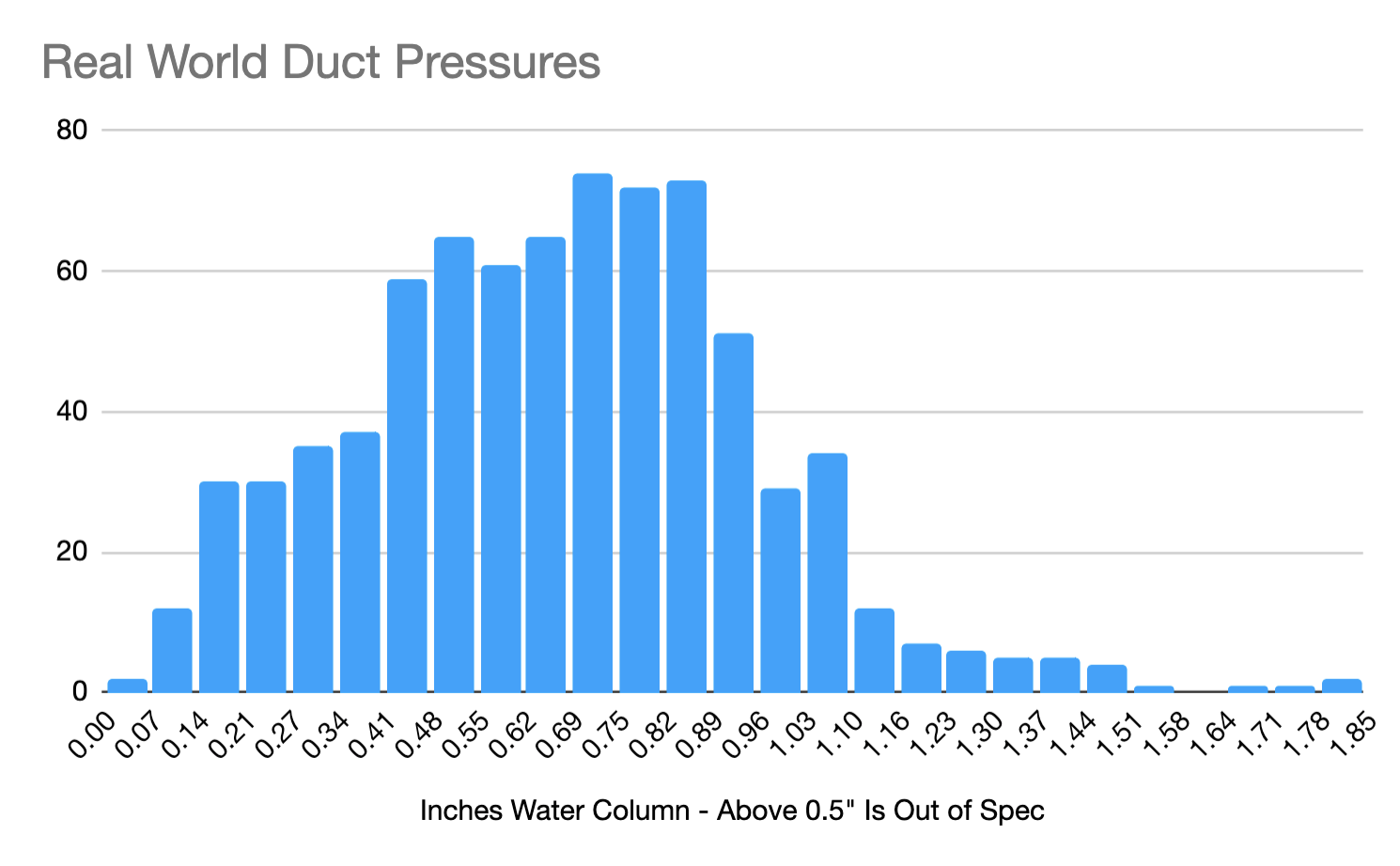
(Courtesy of Nate Adams)
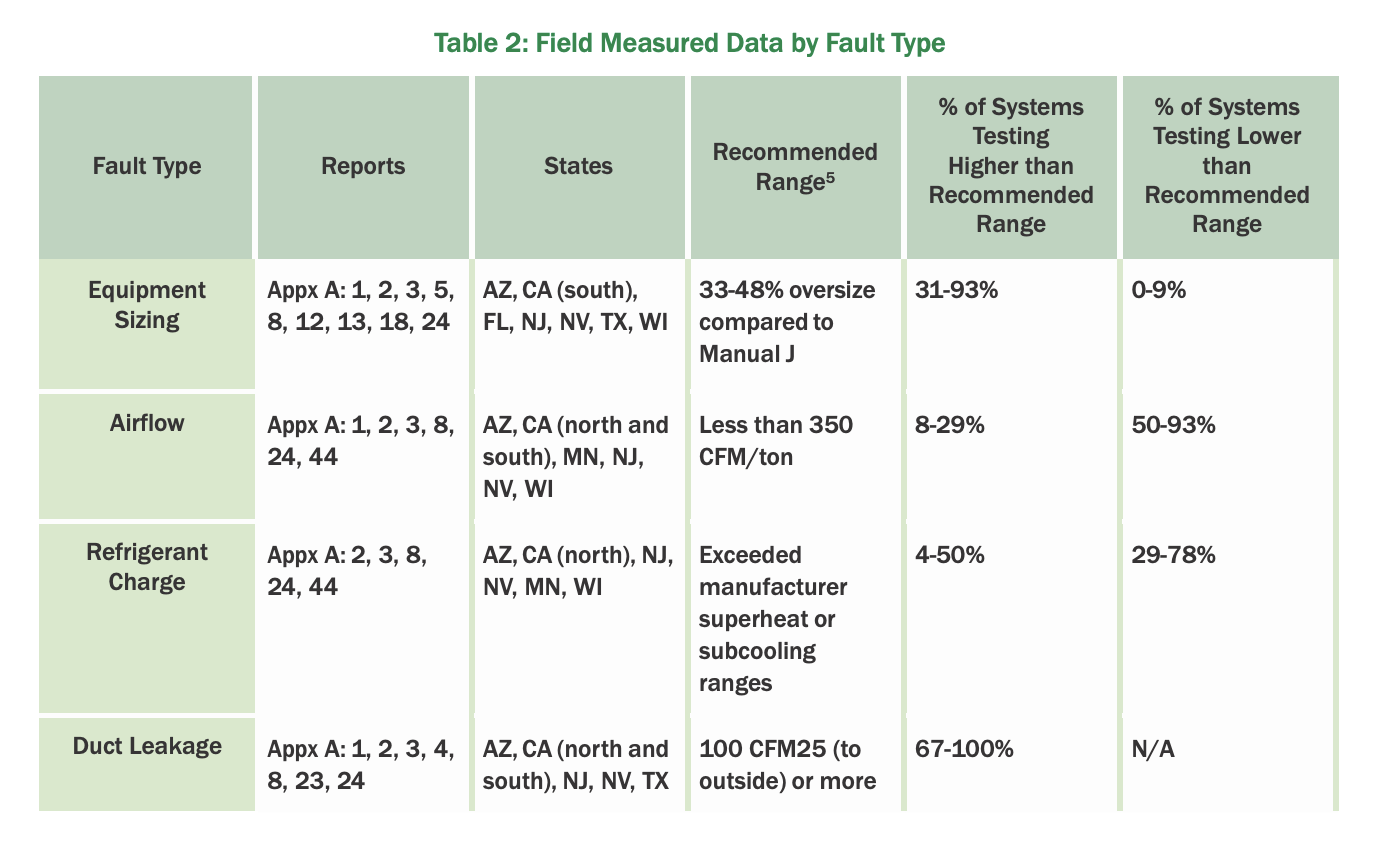
(Courtesy of the US Department of Energy)
So not only are we not hitting one-in-a-million that fail, we are getting 9-in-10 wrong.
In the past we could get away with mediocre installs because PSC motors are very forgiving, 80% AFUE furnaces would tolerate very high-temperature rises, and many ACs somehow survived poor airflow without icing up.
Efficiency standards have now taken robust equipment and made it far more sensitive. EC motors are far more sensitive to static pressure. Worse, switching from PSC to ECM typically results in a 30% TESP according to field measurements by Jeffrey Howard, one of the best technicians I know and now a trainer at Carrier. Systems that were borderline are now critical.
Plugged secondary heat exchangers are a consistent complaint from my service tech friends. Pushing to near 100% efficiency comes with the need for better installs. Those are just two examples of how systems are more sensitive to install quality today.
Private equity can also be a challenge with a much stronger focus on short-term profits than the typical technician owner has, which can lead to worse results if not managed properly.
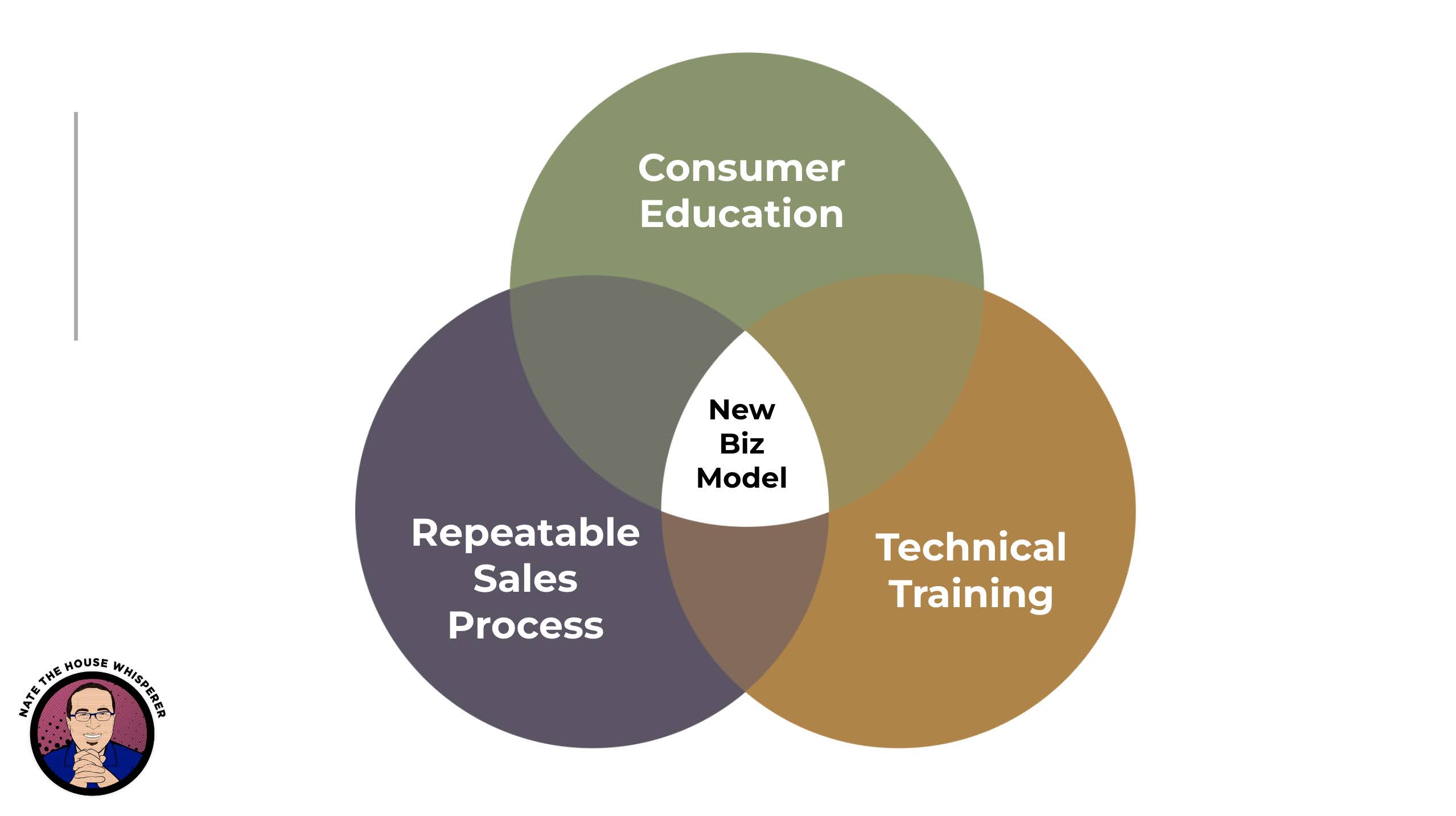
(Courtesy of Nate Adams)
So how can we address these challenges? I firmly believe it’s a combination of three things: solid consumer education (preferably by a trusted third party), a sales process that leverages that education, and good technician training.
Those three together help consumers understand why better installs and better equipment are often needed, build the value so they can be sold profitably, and ensure that the systems are installed correctly without onerous processes.
I’ve been tilting at windmills for a decade now trying to deliver comfortable and healthy homes, hopefully, I can help out on the education side, and hopefully recommending a company can become far easier than it is today!
Next time I’ll introduce you to a critical comparison between automotive and residential HVAC that will hopefully connect some dots for you, and with luck, your clients too.
Whether you require installation, repair, or maintenance, our technicians will assist you with top-quality service at any time of the day or night. Take comfort in knowing your indoor air quality is the best it can be with MOE heating & cooling services Ontario's solution for heating, air conditioning, and ventilation that’s cooler than the rest.
Contact us to schedule a visit. Our qualified team of technicians, are always ready to help you and guide you for heating and cooling issues. Weather you want to replace an old furnace or install a brand new air conditioner, we are here to help you. Our main office is at Kitchener but we can service most of Ontario's cities
Source link

